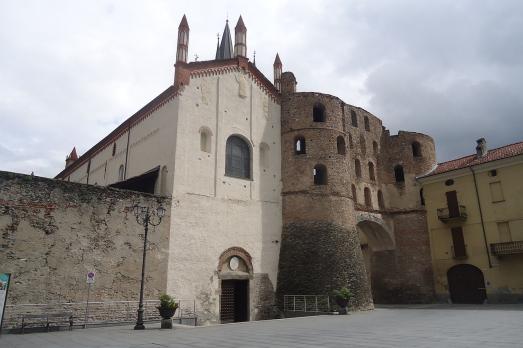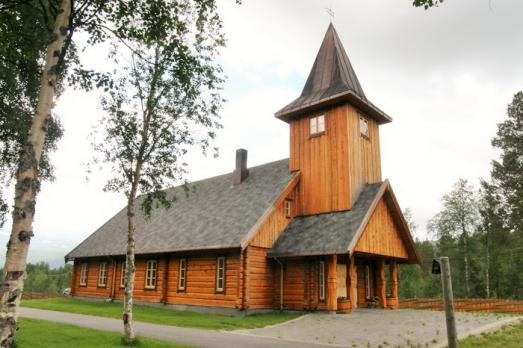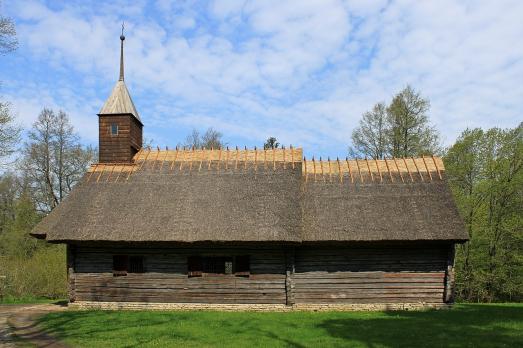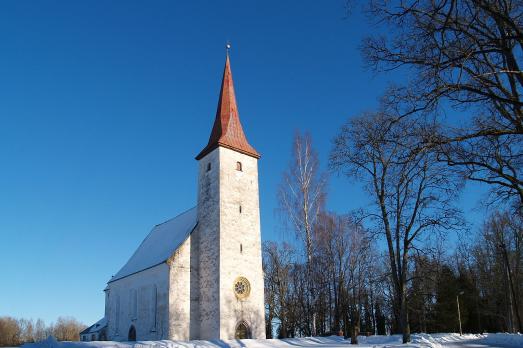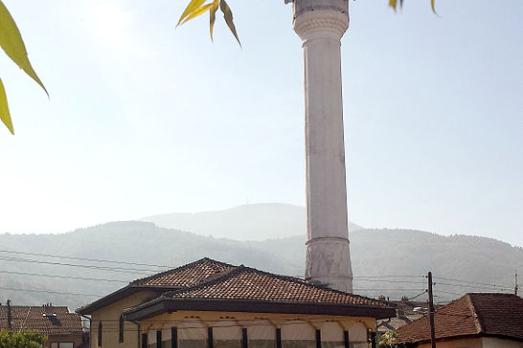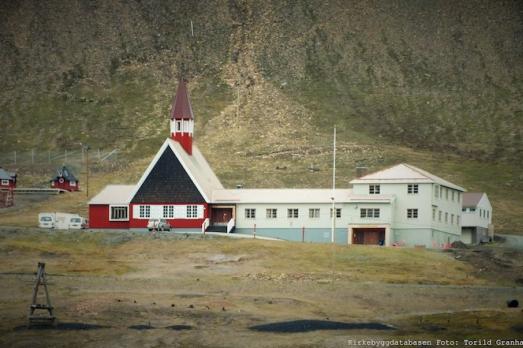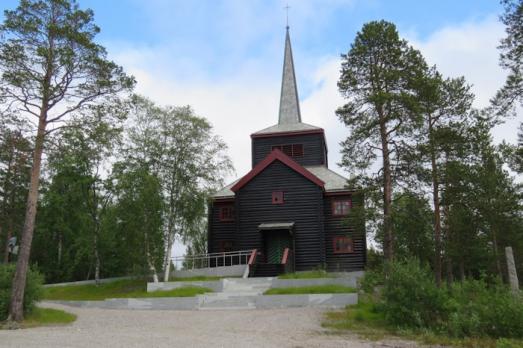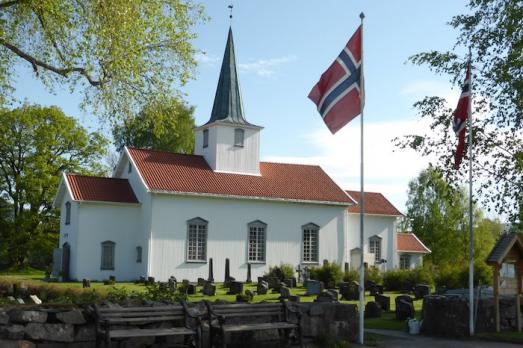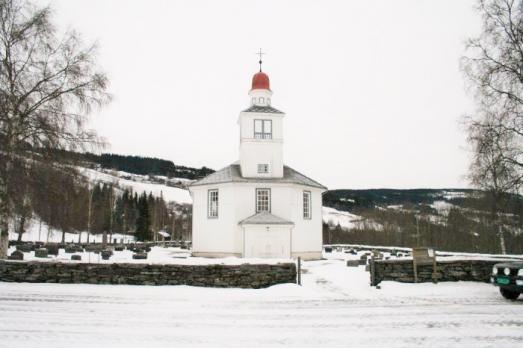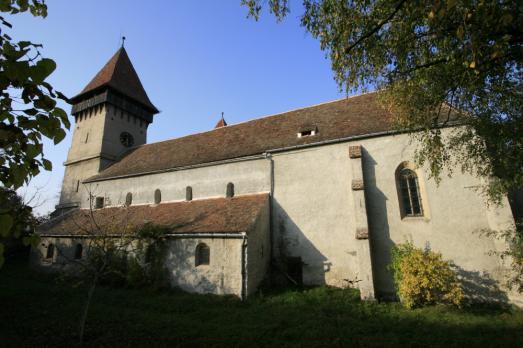
Șura Mică Fortified Church
Șura Mică, RO
The church in Șura Mică remained almost unchanged after the construction phases between the 13th and 15th century. It was built as a Romanesque three-aisles basilica, destroyed in 1493 during the Ottoman raids and erected again before 1506. The chancel with mullioned windows and ribbed vault originate from that time. The central nave was covered with a barrel vault with a ribbing net and the western tower was equipped with a defence level. The western and northern portals date back to the same period, as well as the small defence tower above the northern entrance securing the church from the side of the valley. Only some ruins of the defence wall built in the same time are still preserved. The interior was only slightly changed as time went by. At the beginning of the 17th century, the church received its Baroque altar and the galleries. The pulpit and the organ however were only built later on, in 191kleinscheuern3_turm13.
